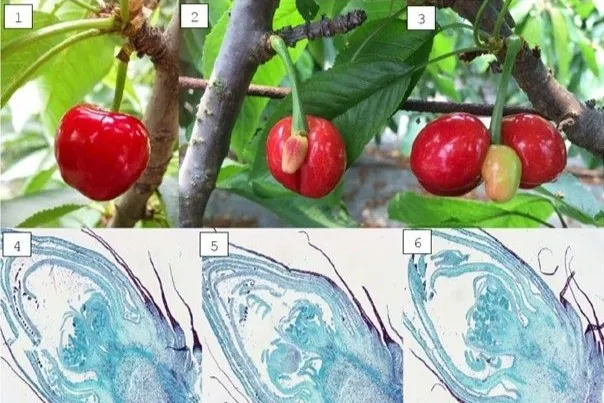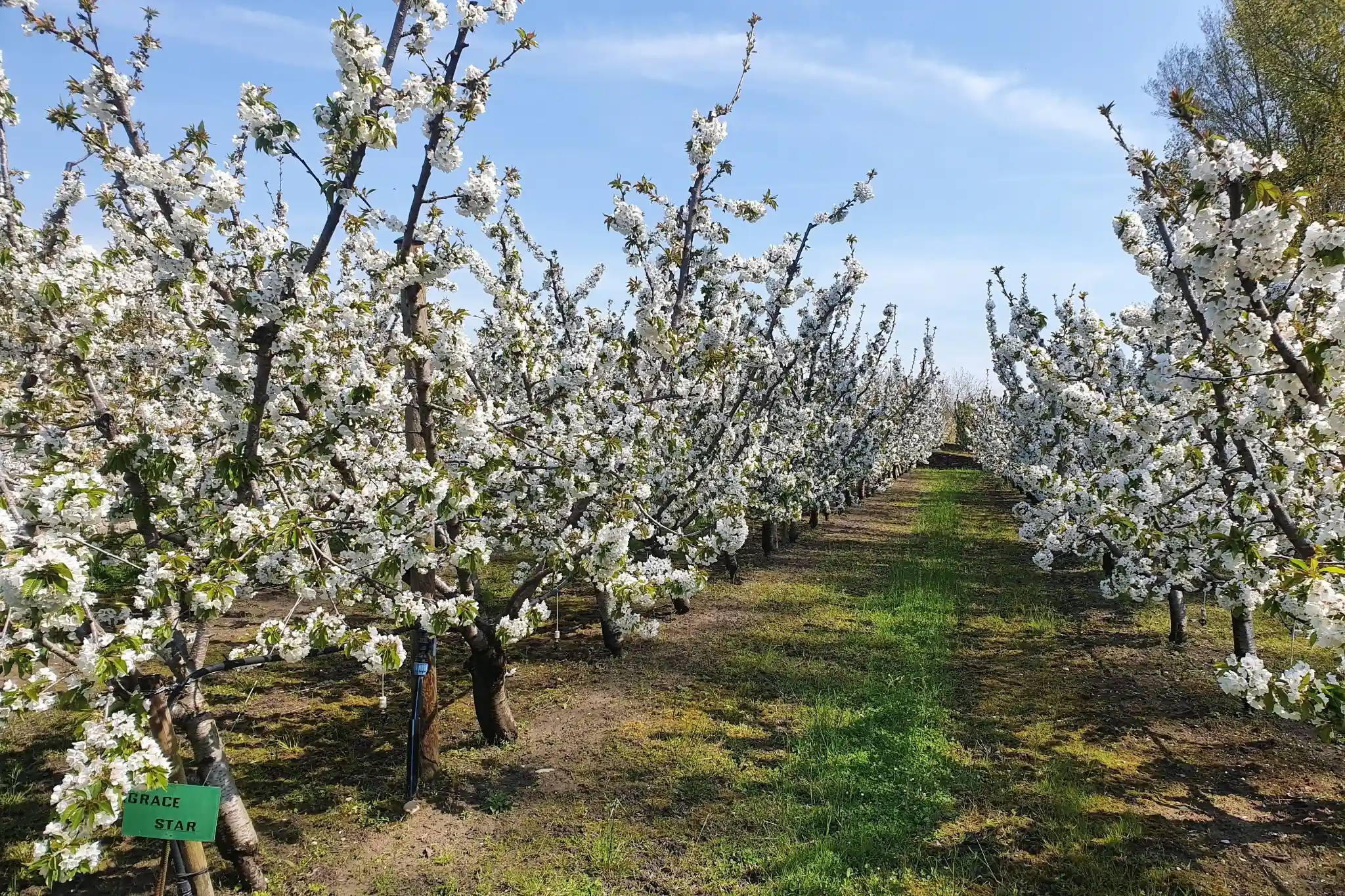Boron is one of the nutrients required for plant and fruit growth, development, yield and quality. In fact, this element is mainly involved in the structural integrity of cell walls and the functioning of cell membranes in plants.
Boron concentrations are higher in floral tissues than in the vegetative ones, indicating a role for boron in the reproductive process. Boron is not particularly mobile in plant tissues so that it is not easily translocated to the buds, where it is necessary for pollen production, pollen tube growth and other reproductive functions.
Consequently, in a study conducted by researchers from research institutes in Greece and Germany, the effect of pre-bloom boron application on early fruit set and early fruit growth was analyzed. As no information on the molecular level behaviour involved in this process was yet available in the literature, the researchers carried out a transcriptome and metabolome analysis, using the sweet cherry as an experimental model.
The orchard under consideration had 11-year-old plants cv 'Skeena', planted at a spacing of 5 m x 4 m, grafted onto rootstock 'MaxMa 14'. At the green tip stage of the bud, i.e. nine days before flowering, sprays of 0.2% boric acid (32 mM) and 0.02% Tween 20 dissolved in distilled water were applied.
Subsequently, analyses were performed at five separate times at 12, 23, 37, 46 and 63 days after full flowering. The results revealed that the boron content increased in the early stages of growth (between 12 and 23 days after flowering), then decreased to values like those of the untreated fruit, probably due to phloem translocation to other tissues such as leaves and shoots.
Indeed, although in most plant species boron has a low mobility in the phloem, in Prunus species it forms complexes with sorbitol and fructose, which allow it to move through the phloem, thus making it a highly mobile element.

Increased fruit set rate and enlargement of the average mesocarp cell size were the visible results of boron treatment. This may be due to the activation of growth-regulatory genes and a general activation of primary metabolism, which can promote fruit growth.
During the various developmental stages evaluated, carbohydrates (e.g. fructose and glucose), alcohols (e.g. myo-inositol and maltitol), organic acids (e.g. malic acid and citric acid) and amino acids (e.g. valine and serine) accumulated in response to boron application.
Analysis of gene expression in the early stages of growth showed that the genes most responsive to boron treatment were associated with both secondary and amino acid metabolism, ribosome biogenesis, sugar homeostasis and photosynthesis. Boron induced or repressed numerous genes, including those specifically involved in growth.
During the initial growth phase, fruits exposed to boron showed a lower presence of heat shock proteins, which, however, increased during the second growth phase. This study thus represents a first clue to the metabolic pathways activated and repressed by boron application in the early stages of cherry fruit development.
Source: Michailidis, M., Bazakos, C., Kollaros, M., Adamakis, I.-D.S., Ganopoulos, I., Molassiotis, A. et al. (2023), Boron stimulates fruit formation and reprograms developmental metabolism in sweet cherry. Physiologia Plantarum, 175(3), e13946. https://doi.org/10.1111/ppl.13946.
Melissa Venturi
University of Bologna (IT)
Cherry Times - All rights reserved













